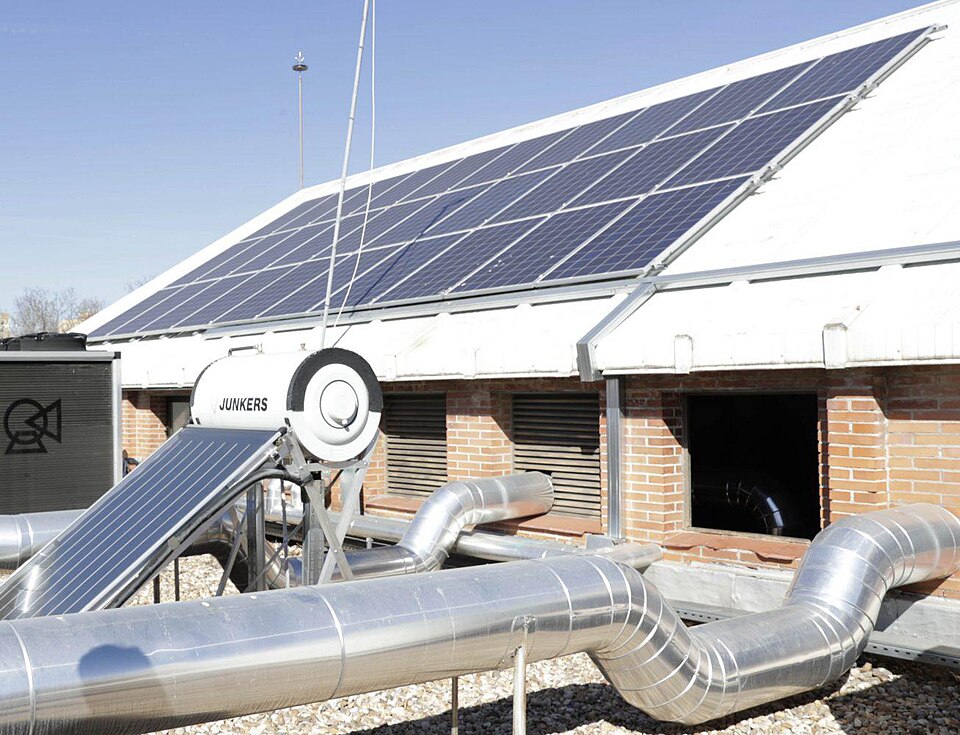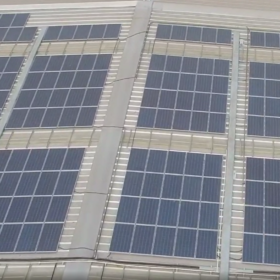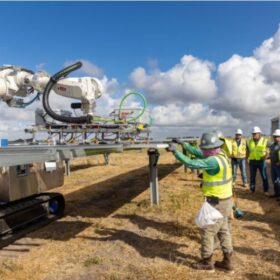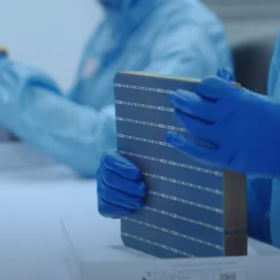Researchers from Spain’s Technical University of Madrid (UPM) have conducted a techno-economic analysis of the integration of power-to-heat-to-power storage (PHPS) systems with lithium-ion (Li-ion) batteries and heat pumps (HPs). The study focuses on a fully electrified dwelling in Madrid, simulating the performances via PVSyst and EnergyPlus.
“Hybridizing Li-ion batteries with PHPS could capitalize on their complementarity characteristics, enabling them to meet both peak and base load demand, while utilizing the waste heat generated by PHPS as a valuable by-product,” the group stated. “Such a hybrid system could significantly enhance PV self-consumption, thereby reducing reliance on grid electricity”
The academics simulated two systems in the research. One was for control, using only a Li-ion battery (L system), and the other used both Li-ion and PHPS in a hybrid form (LP system). In both of them, the surplus of PV generation is stored either in the batteries or in the low-temperature thermal energy storage (LTES) system. The LTES system is comprised of a power-to-heat (P2H) converter and a hot water storage (HWS) tank.
The PHPS system includes both P2H and H2P converters, as well as a high-temperature energy storage unit (HTES). A resistive heater is considered for the P2H converter, with the H2P conversion being accomplished using a heat engine with a certain discharge efficiency at the operating temperature of the PHPS.
Each case was tested with either an electrical heater, where the coefficient of performance (COP) is 1, or with a heat pump, with a COP of 2.7. The yearly demand for the dwelling was assumed to be 20 MWh, 16 MWh of which was for heating demand and 4 MWh for electricity demand. The Nelder-Mead simplex algorithm was used to optimize the system based on the levelized cost of energy (LCOE).
The simulations showed that, if the building uses a heat pump with a hybrid Li-ion PHPS storage, its minimum LCOE would be €76 ($86.5)/ MWh, its PV self-consumption will reach 68.3% and its round trip efficiency (RTE) will be 96.9%.
If only Li-ion is used with the heat pump, measurements will be €77/ MWh, 68.3%, and 96.9%, respectively.
In the case where electric heating is used, and not a heat pump, the hybrid Li-ion PHPS will result in a minimum LCOE of €147/ MWh, a PV self-consumption rate of 79.5%, and an RTE of 91.7%.
If only Li-ion is used with the electric heater, measurements will be €149/ MWh, 68.6% and 97.1%, respectively.
“Under the assumptions of this study, the hybrid solution reduces the levelized cost of consumed energy by 7% compared to a system relying solely on Li-ion batteries, while simultaneously increasing PV self-consumption by up to 20%,” the academics concluded. “Furthermore, the inclusion of a heat pump enhances the system’s efficiency, enabling not only a reduction in electricity demand, but also the downsizing of key system components. Remarkably, the addition of a heat pump does not replace PHPS in favor of Li-ion batteries but instead encourages the hybridization of PHPS and Li-ion batteries, underscoring the complementary roles of these technologies.”
The results were presented in “Integrating lithium-ion and thermal batteries with heat pumps for enhanced photovoltaic self-consumption,” published in Applied Energy.
This content is protected by copyright and may not be reused. If you want to cooperate with us and would like to reuse some of our content, please contact: editors@pv-magazine.com.








By submitting this form you agree to pv magazine using your data for the purposes of publishing your comment.
Your personal data will only be disclosed or otherwise transmitted to third parties for the purposes of spam filtering or if this is necessary for technical maintenance of the website. Any other transfer to third parties will not take place unless this is justified on the basis of applicable data protection regulations or if pv magazine is legally obliged to do so.
You may revoke this consent at any time with effect for the future, in which case your personal data will be deleted immediately. Otherwise, your data will be deleted if pv magazine has processed your request or the purpose of data storage is fulfilled.
Further information on data privacy can be found in our Data Protection Policy.